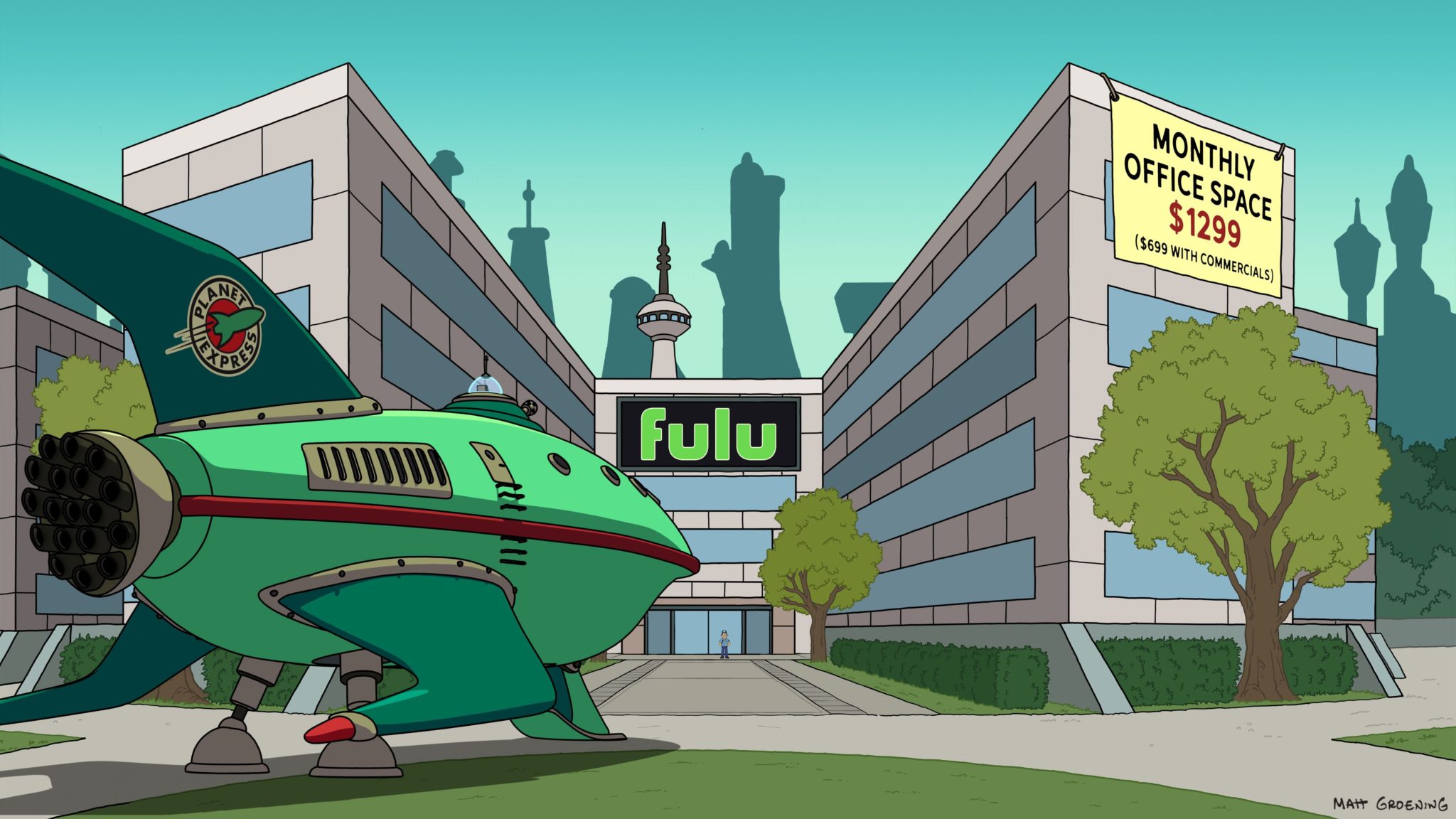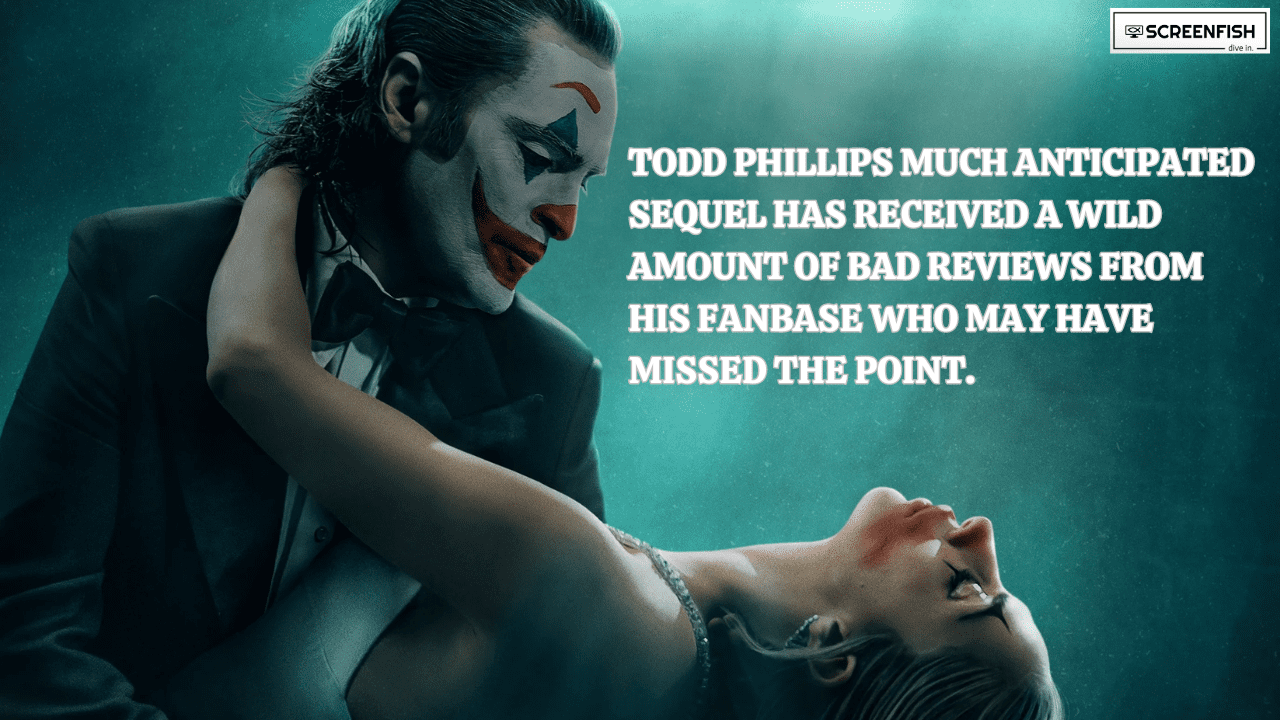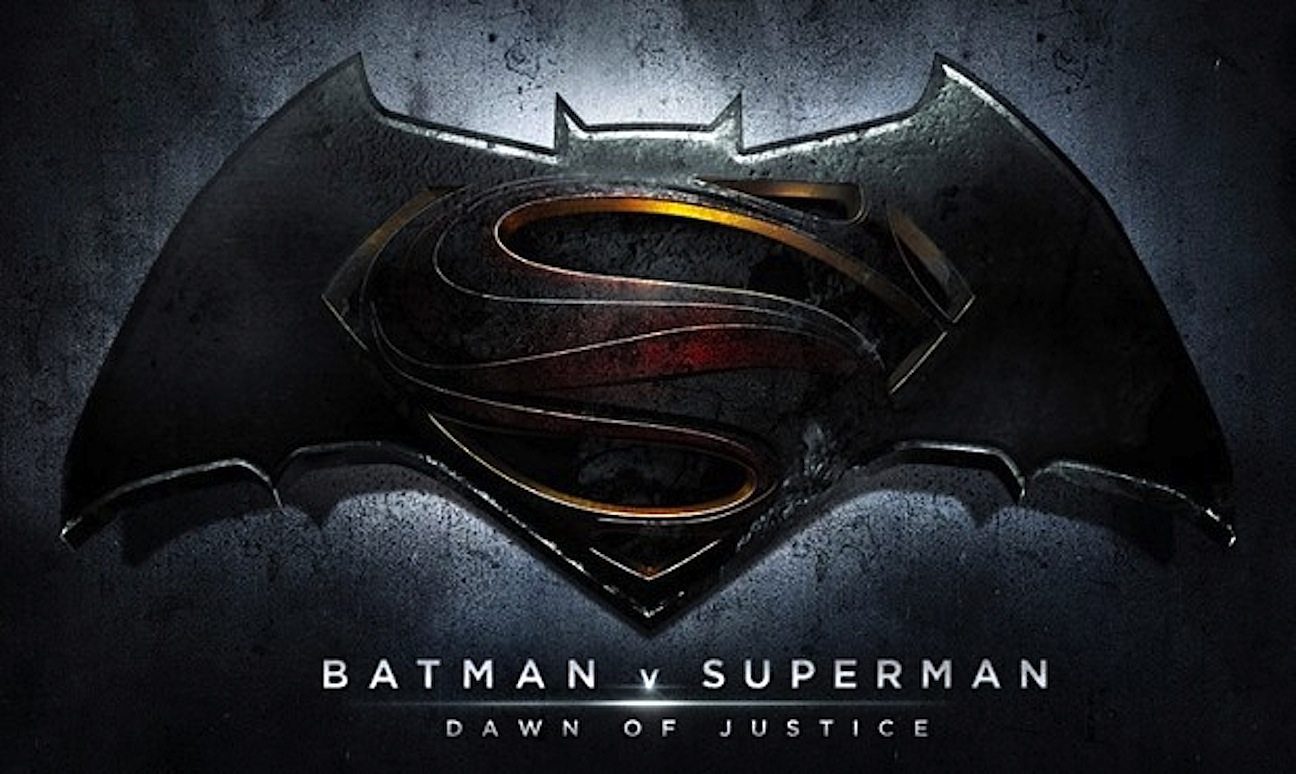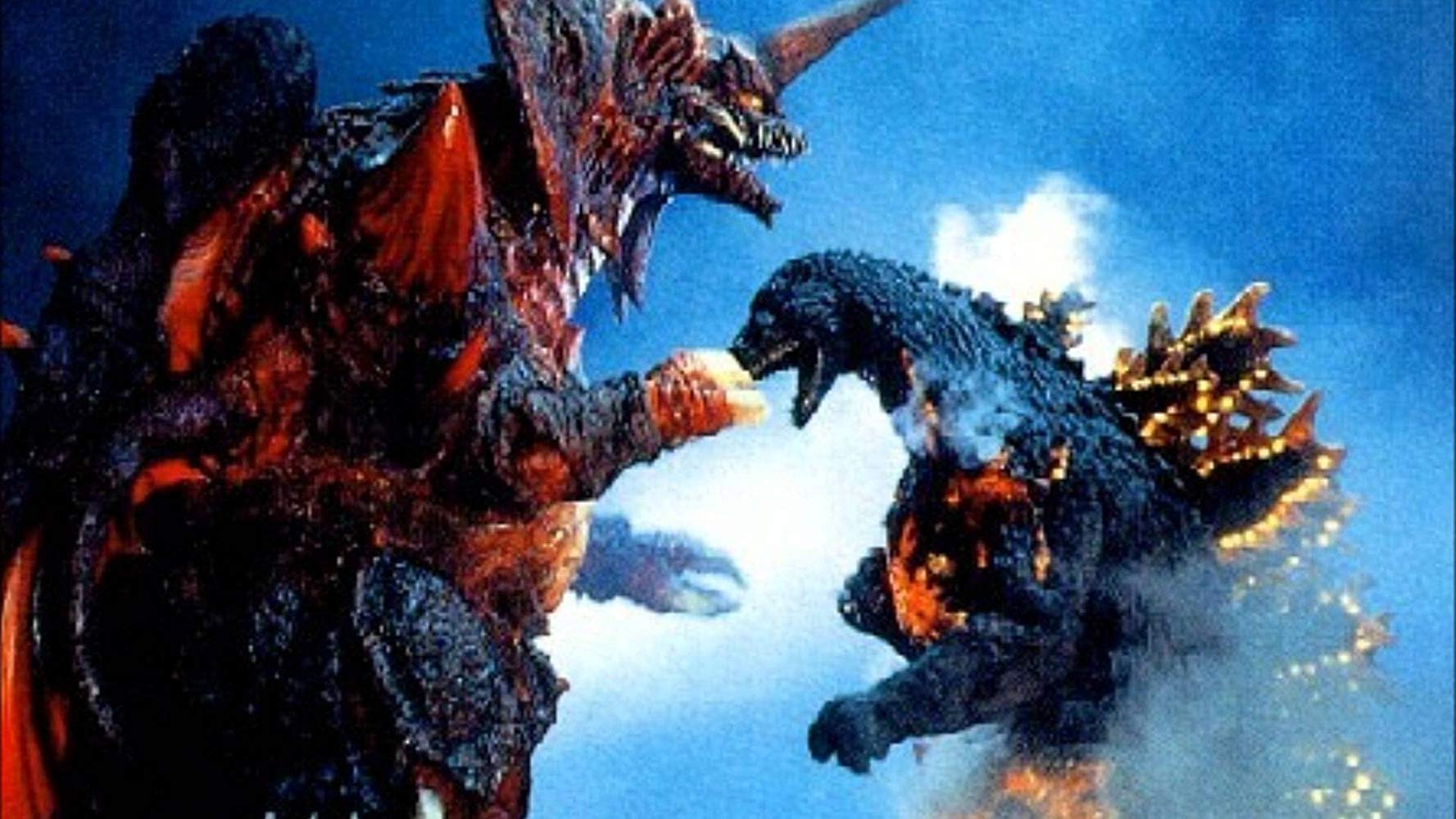
By Ben Dower
An angry Godzilla, glowing red and spewing steam, attacks Hong Kong and Taiwan.??Little Godzilla is nowhere to be found.??Kenichi Yamane (Yasufumi Hayashi), the son of Shinkichi, who was adopted by Dr. Kyohei Yamane after his family was killed on Odo Island by Godzilla in 1954, concludes that Godzilla?s internal reactor will likely explode.
Reporter Yukari Yamane (Yoko Ishino), Kenichi?s sister, interviews Dr. Ijuin (Takuro Tatsumi) who seems to have rediscovered the Oxygen Destroyer. The UNGCC plans to use the Oxygen Destroyer to kill Godzilla, but Emiko Yamane (Momoko Kochi, reprising her role from Godzilla (1954)) pleads with Kenichi not to use it. The Super X III uses freezer weapons and cadmium bombs on Godzilla, but his internal reactor is still having trouble, meaning the monster will undergo a nuclear meltdown.
Meanwhile, some prehistoric crustaceans mutated by the use of the Oxygen Destroyer in 1954 have been causing havoc at a construction site. The crustacean creatures merge into a giant monster Dr. Ijuin names Destoroyah. Little Godzilla, now grown into Godzilla Junior, resurfaces off Japan. He is lured to Destoroyah in the hopes Godzilla will follow and be killed by Destoroyah before he melts down.
Destoroyah kills Junior and attacks Godzilla. As the battle goes on, Godzilla?s meltdown begins. The Super X III and JSDF use freezer weapons to kill a wounded Destoroyah, and then turn their guns on the melting Godzilla in an attempt to contain the damage. Suddenly the radiation levels drop. Godzilla Junior, having absorbed the energy released by his father, is alive once again and now a full-grown Godzilla.
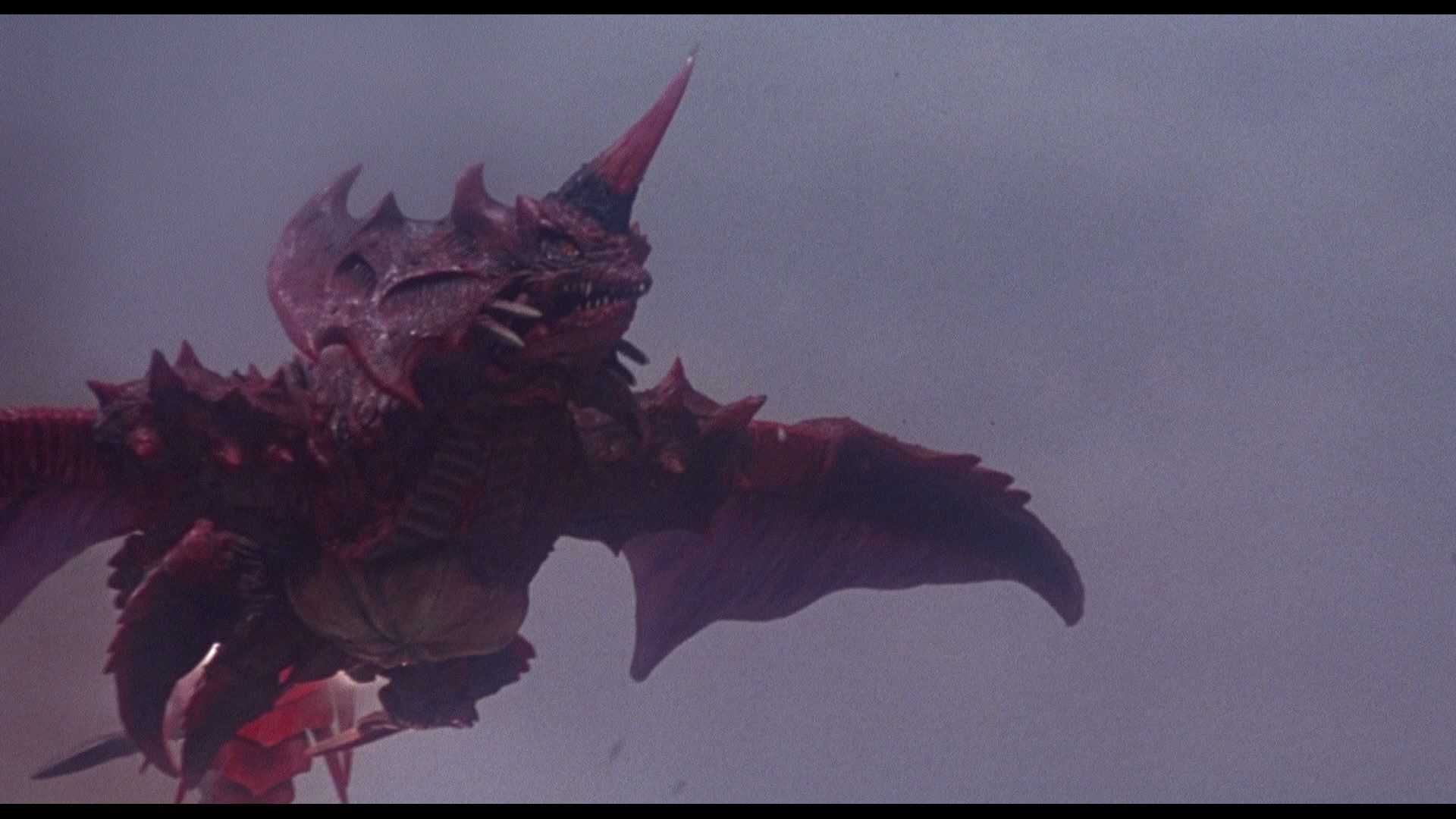
With ticket sales dropping on Godzilla film releases since Godzilla vs. Mothra (1992) and an American Godzilla film potentially on the horizon, Toho made the decision to end the series and kill off their monster star. Still, there was one problem Toho had left to solve: how to fittingly end the series.
Takao Okawara was brought back to direct the movie, and Kazuki Omori was again given the job of screenwriter. One early idea tossed around for the film was to have Godzilla fight the ghost of the original 1954 Godzilla, but this concept was scrapped. Instead the team behind the film cleverly came up with a way to tie the film back to Godzilla (1954) and the Oxygen Destroyer.
Destoroyah is an interesting monster that goes through many forms in its growth. Early on it is a tiny crustacean that disolves fish, evoking the imagery of the Oxygen Destroyer. It soon grows to human-sized orange crab-like creatures that spit a highly damaging ray weapon from a secondary mouth, likely inspired by the Xenomorphs from the Alien franchise. These crab-like forms soon fuse into a giant crab-like creature, that can switch to a flying form, which then later grows into a towering bipedal monster.
Godzilla undergoes his most substatial change since Godzilla vs Biollante (1989), and while his general design is still the same, portions of his body now glow orange and steam pours out of fissures in his body. This is a very ill Godzilla that is clearly suffering from his malfunctioning internal systems. Achieving these effects practically was truly an impressive feat by Special Effects Director Koichi Kawakita and his crew.
Godzilla Junior also looks very good, and thankfully Godzilla?s son has undergone a massive redesign from his look in Godzilla vs SpaceGodzilla (1994). Though the audience goes into the film expecting Godzilla to die, Junior?s storyline comes as a surprise. The movie constantly puts his survival in doubt, playing with the audience?s emotions, right up until the end credits roll. It?s a very clever move by Omori and Okawara, helping to replace some of the suspense lost by announcing Godzilla?s death to the world to generate publicity for the film.
Godzilla vs. Destoroyah also carries a lot of thematic weight with it. Godzilla?s death, whether it is by explosion or nuclear meltdown, poses a threat to the entire world, repeating the theme of Godzilla (1954) that our dangerous use of nuclear power could very well lead to our extinction. The moral debate around the use of the Oxygen Destroyer is also brought back to the series, and the stakes are raised when it is discovered Dr. Serizawa?s use of the weapon in 1954 to kill Godzilla led to the creation of another terrible monster.
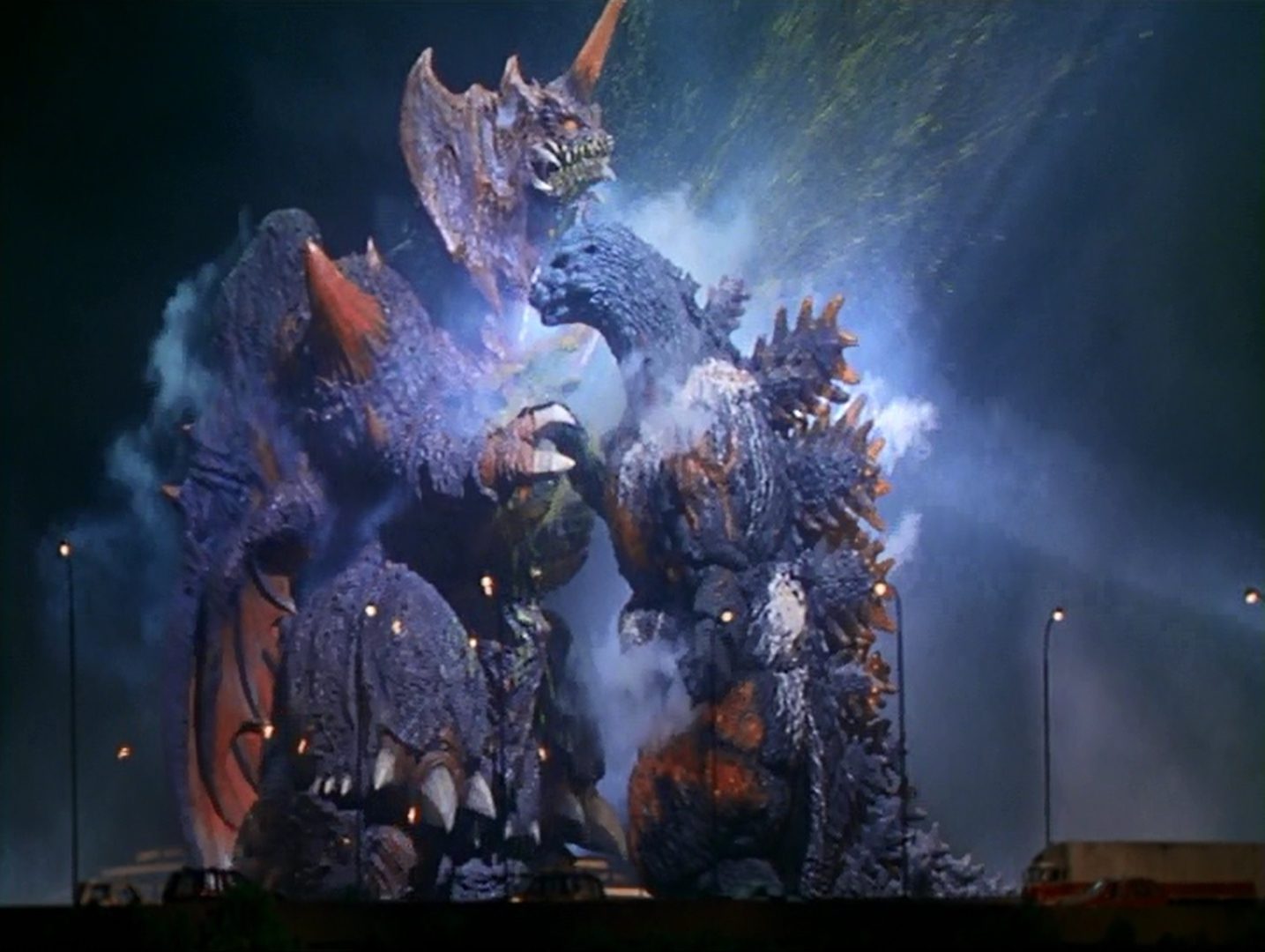
Not only did Godzilla vs. Destoroyah mark the end of the Heisei Godzilla series, but it was also the last film for two of Godzilla?s creators. Tomoyuki Tanaka had been either a producer or executive producer on all the Godzilla films up to this point, and passed away in 1997 at the age of 86. Likewise, Akira Ifukube, the man who had been the primary music composer for eleven of the previous twenty-one Godzilla movies, as well as a number of Toho?s other major giant monster pictures, wrote his twelfth and last score for a Godzilla film for Godzilla vs. Destoroyah. Ifukube?s music continues to be used in Godzilla movies, most recently in the American film Godzilla: King of the Monsters (2019). Akira Ifukube died in 2006 at the age of 91.
Toho had Godzilla vs. Destoroyah dubbed into English in Hong Kong and the film was released to VHS in North America in 1999 by Columbia TriStar Home Video. This release was an English dubbed full screen version of the film that cut off the end credits, which featured a montage of footage from Godzilla (1954) and the Heisei Godzilla Series films. The movie was released on DVD in 2000 in widescreen with English dubbing as the only audio option, again with the end credit montage largely cut off. Unfortunately, the DVD is a double-sided disc with Godzilla vs. SpaceGodzilla (1994), making it difficult to handle and easy to get dirty or damaged.
In 2014, Godzilla vs Destoroyah was released to Blu-ray in a double-feature set with Godzilla vs. Megaguirus (2000) by Sony Pictures Home Entertainment. Both films get their own disc, and are presented in widescreen with the original Japanese audio and English dub as audio options. The full end credits are also preserved this time, though translated into English. The subtitles appear to be a reasonable translation of the Japanese dialogue, rather than just based on the dubbing. The Blu-ray release seems to still be available.
FeaturesReviewsVOD
